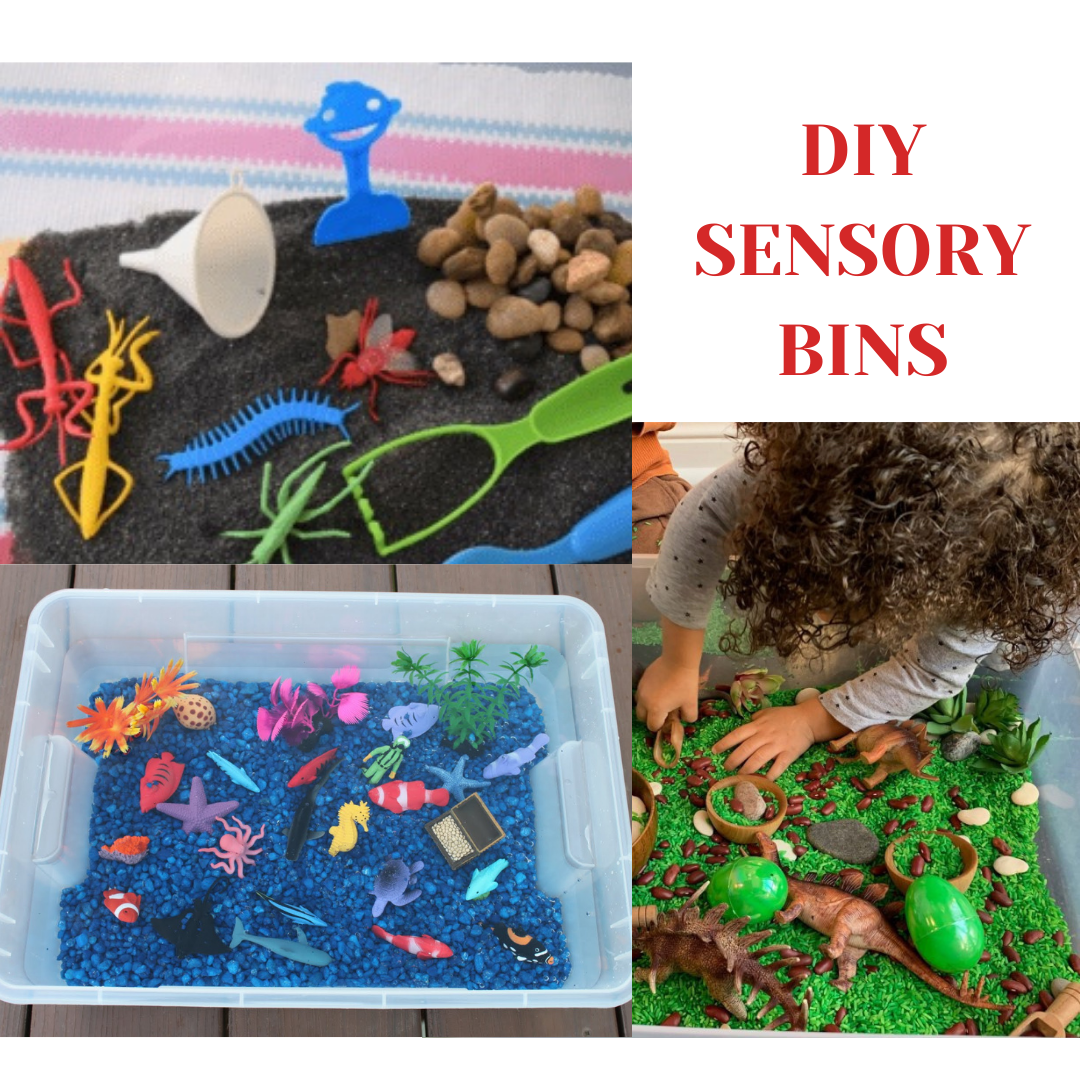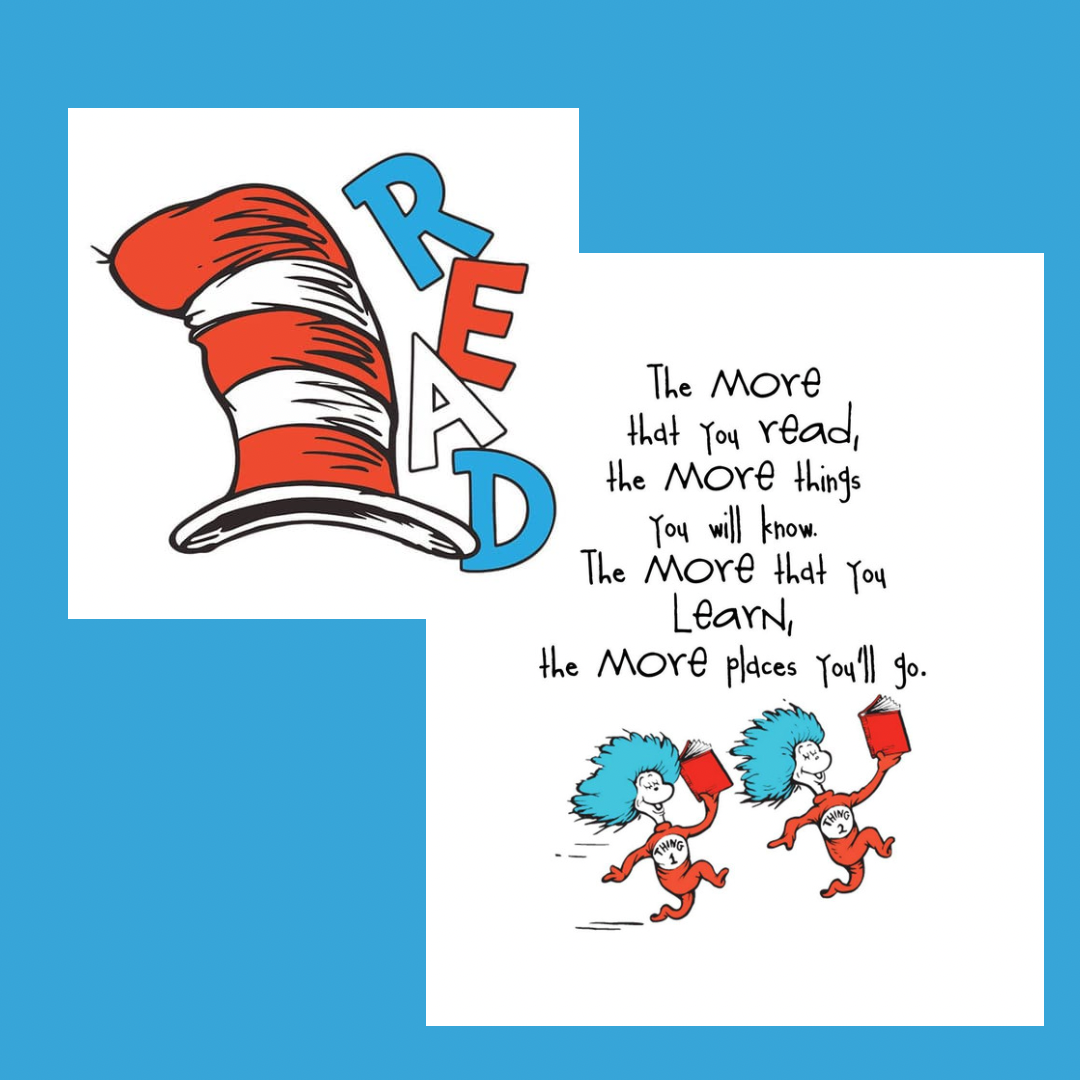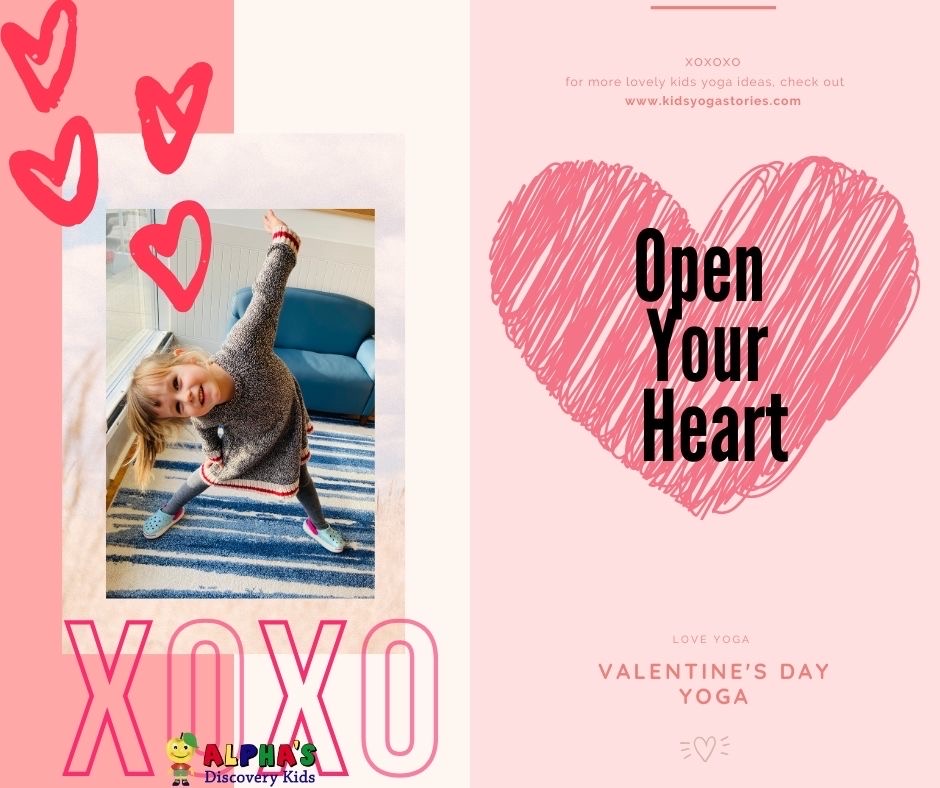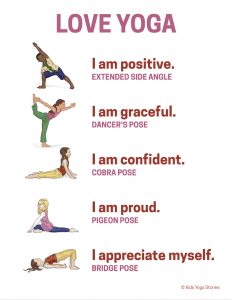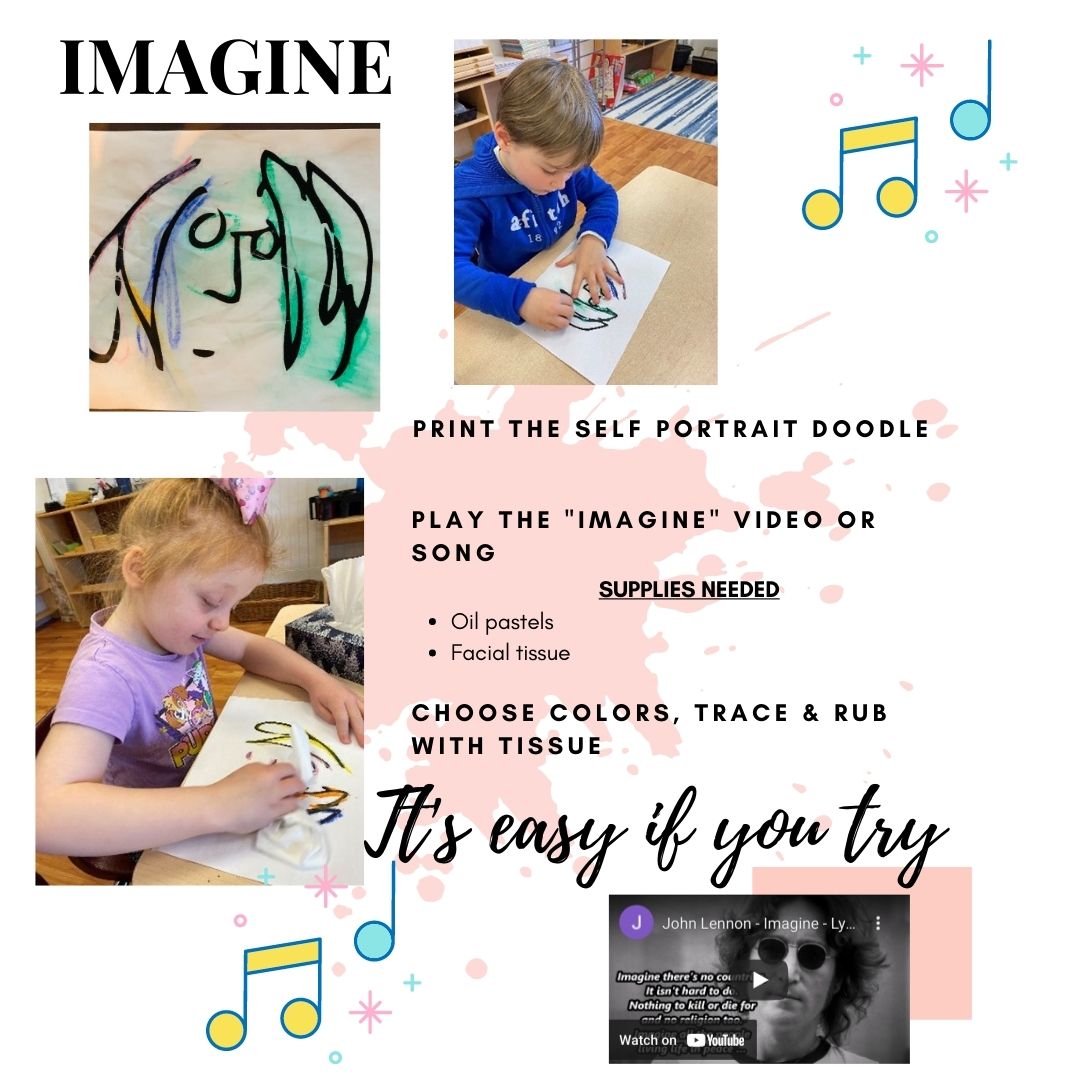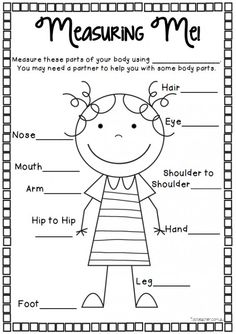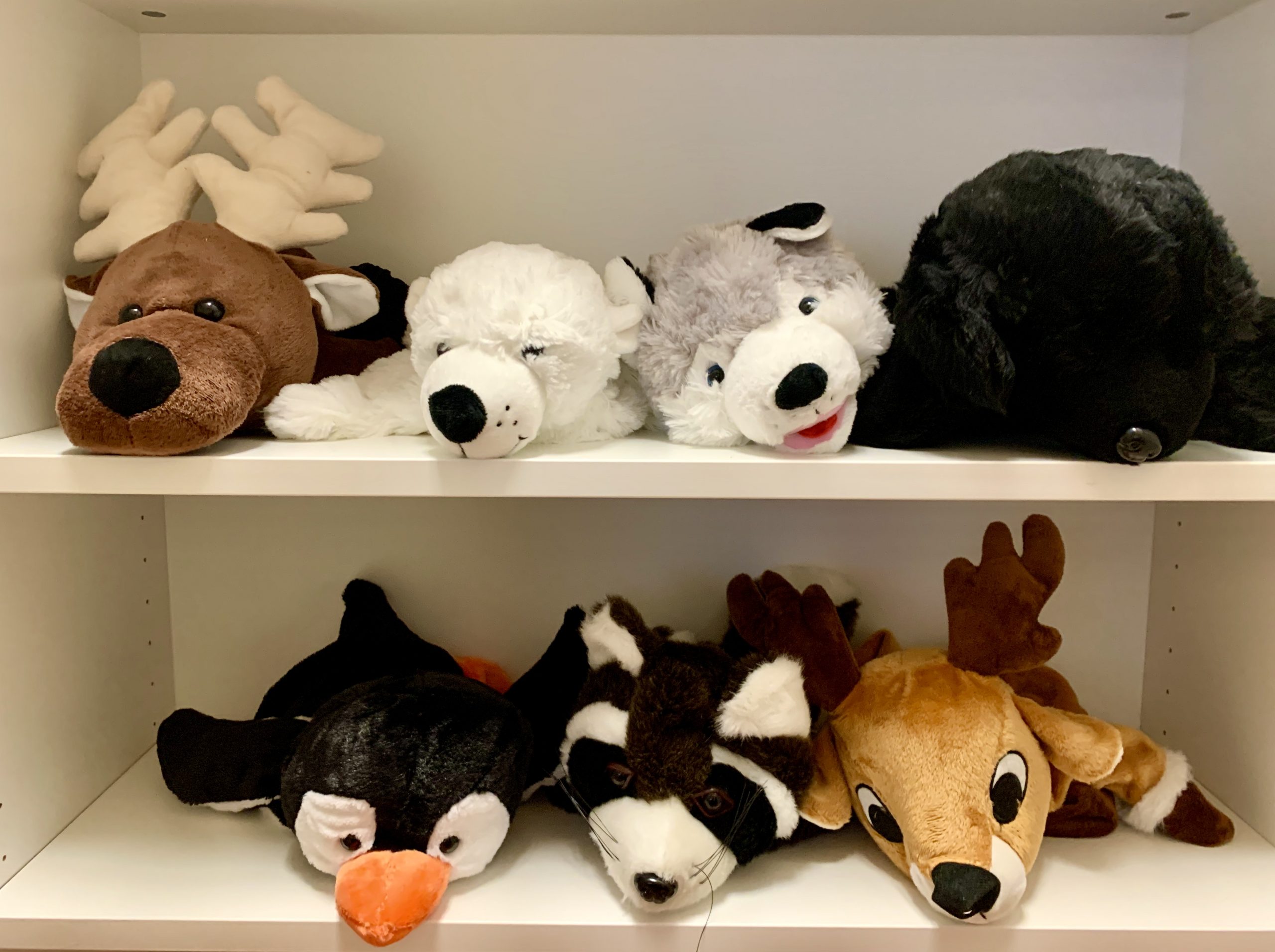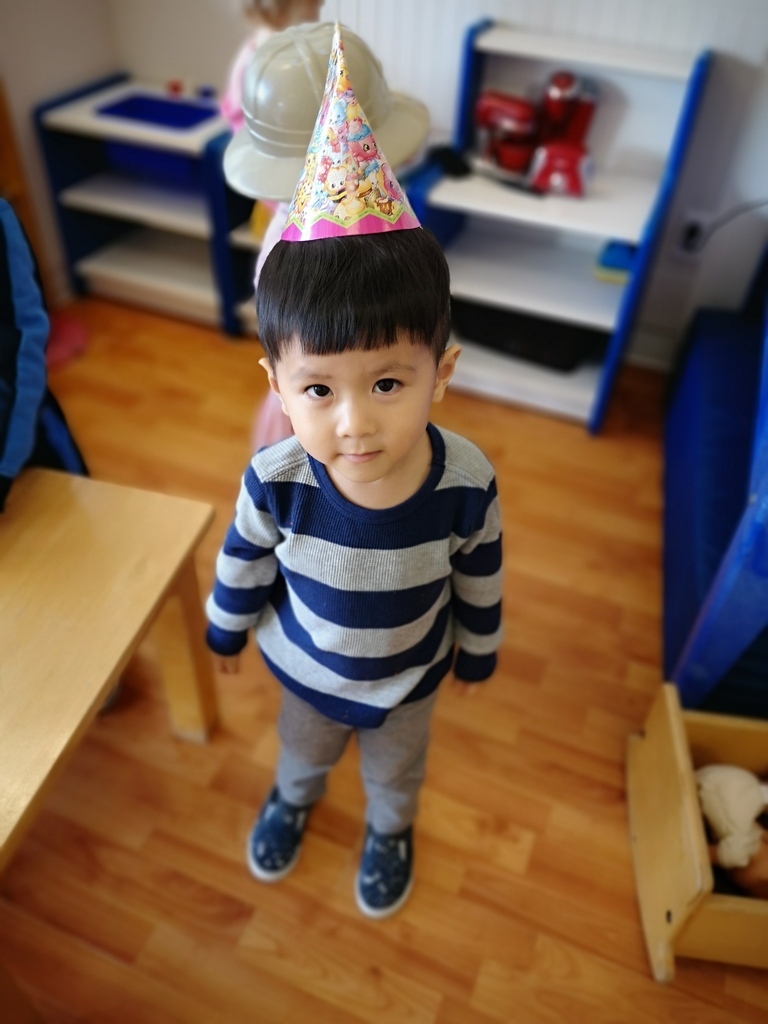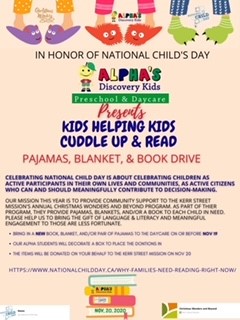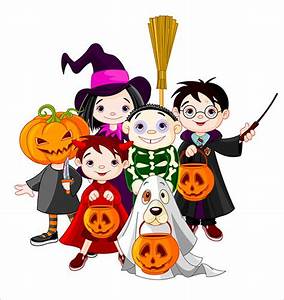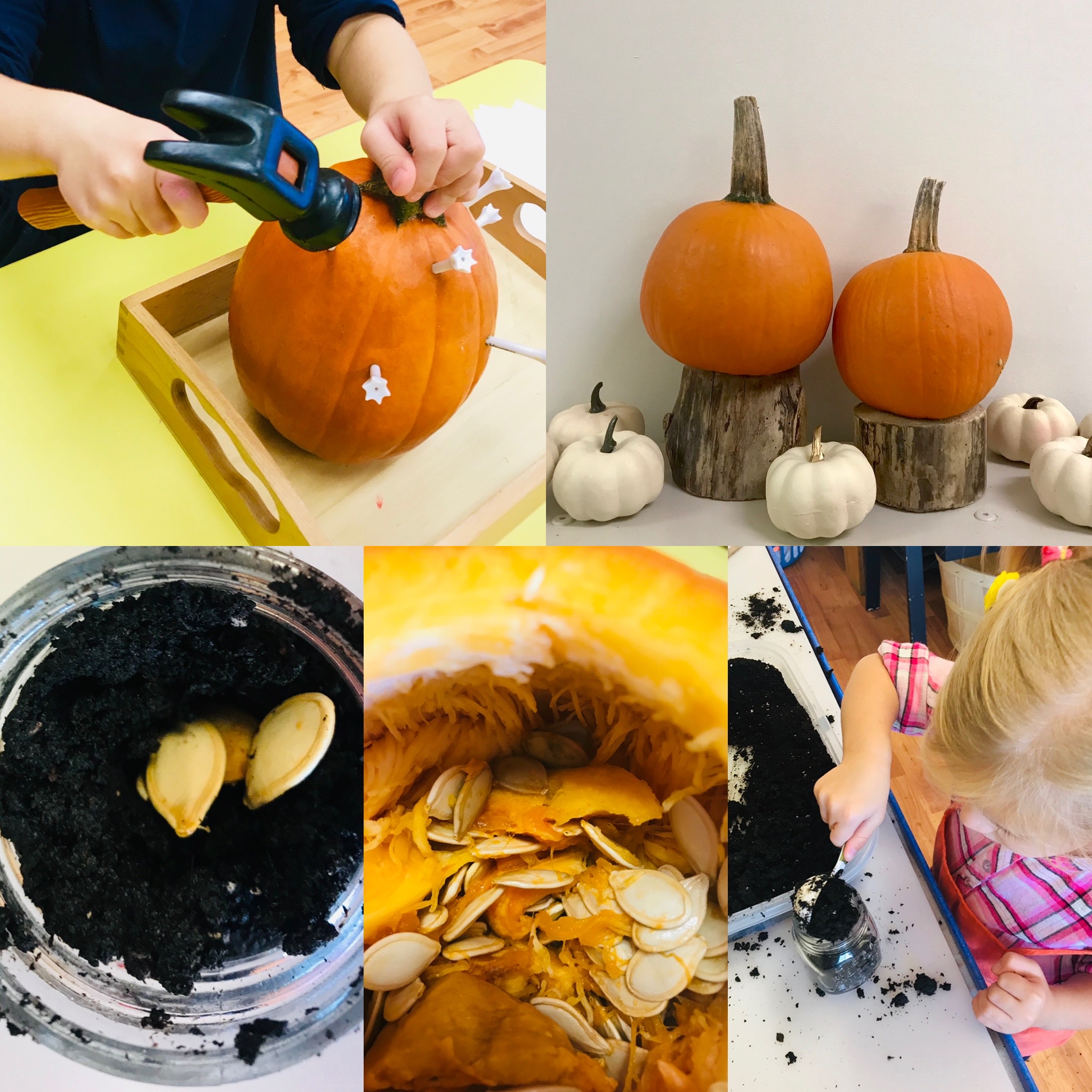DIY Sensory Bins – How to Make your Own Sensory Bin
DIY Sensory Bins – How to Make your Own Sensory Bin
Sensory bins are an amazing educational tool for children to learn about their world using their senses! Young children tend to gravitate toward sensory play as they tend to explore their world with their senses. The benefits of sensory play are numerous. Sensory play helps children to focus, helps them to feel calm and it develops many skills from cognitive to physical to social skills.
Recently, I saw that a local craft store was selling pre-made sensory bins for $25 but you can make your own for a lot less. At Alpha’s Discovery Kids Preschool and Daycare, we make individual sensory bins for each child and change the items in the bins almost every day. Here’s a step-by-step guide to making your own sensory bin.
To make your own sensory bin, you first need to know what it is! A sensory bin is a hands-on sensory experience for kids, in a contained area such as a storage container. It contains many different items that can be explored using your senses.
STEP 1: CHOOSE A CONTAINER
When choosing a container, consider your space and choose something that will fit in your space. The size of the bin will depend on the age of the child, but as a rule, try to find the biggest container that your child can manage. The child should be able to hold the bin and take it from a shelf independently. Plastic clear containers are best with a good lid that seals well. You don’t have to spend a lot on the container as you can usually find them at a dollar store for a few dollars.
STEP 2: CHOOSE THE FILLER
The sensory bin filler is the item that makes the sensory fun. Please note that you can change your filler often – but we recommend at least once per week to make it interesting for your child and keep it clean. Some examples of fillers are: water, sand, rocks, water beads, shredded paper, coloured Epsom salt, play dough, fake grass, fake snow, wooden beads and natural elements (leaves, twigs, soil, seeds). You can also choose food items such as beans, dry pasta and rice but we prefer not to use food items, to minimize food waste. Keep in mind your child’s age and ability when choosing a filler (including potential choking hazards) and ensure that play is always supervised by an adult.
STEP 3: ADD ITEMS
Once you have the filler, the next step is to add items that spark the child’s interest. One of the best parts of sensory bins is all the filling, dumping, pouring and transferring that takes place! When adding items, you are only limited by your own imagination – or your child’s if they choose their own items to add. The items you add will depend on what type of filler – for example, you will have different items if the filler is water vs. wooden beads. Here’s some ideas for items: sifter, sieve, smaller containers, watering can, shovel, buckets, animals, dinosaurs, cars, dolls, spoons, small bowls, rolling pin, cookie shape cutouts, etc. You can also choose a theme for your bin to focus the learning on a specific concept – such as bugs, oceans, or rainbows.
Step 4: HAVE FUN!
The best part of making sensory bins, is getting to enjoy them with your child! We encourage you to play and explore along side your child!
For more information about our Four Pillars of Learning Curriculum, visit our curriculumcurriculum page.
For more ideas on how to engage with your child, visit our Youtube page.
Rhythm and Rhyme and Early Literacy
- Rhythm and Rhyme and Early Literacy
Most parents would agree that learning to read is essential for young children. But how do we teach our children to love reading? At Alpha’s Discovery Kids Preschool and Daycare, we think reading and writing are so important that we made Language and Literacy our first pillar of learning in our Four Pillars of Learning curriculum.
Some of our favourite books for toddlers and preschoolers are written by Dr. Seuss. There’s just something about all of those wacky characters, silly rhyming words and colourful familiar stories. It’s always so much fun to invite children into a whimsical place that they will likely want to visit often.
The stories are so simple but are so broadly appreciated by both adults and children. I began to think back to my very first time I read an entire book by myself. In the summer between Grade 1-2, my grandfather gave me a copy of “The Cat in the Hat”. I remember how much I enjoyed the story. I started to flip the pages and wanted to read it again and again, memorized it and began to read it out loud with confidence. Soon after I began playing rhyming games which led to more word exploration with synonyms, antonyms, and homonyms.
The Dr. Seuss books show us that language and literacy can be fun and silly. Many Dr. Seuss books are written with lot of rhythm and rhyming words. Rhythm and Rhyme can help us in many ways. The rhythmic flow can hold the interest of the reader and the audience.
What we especially like about Dr. Seuss books is that his stories are far more than just lovely little springy poems but more of an introduction to language and literacy development. The books offer a bouncy, heavily rhythmic sound which gives the reader and the listener a crash course in early linguistics.
Rhythm is a vital tool for infants to understand when phrases end and begin. It is their first step in learning language and helps them develop a motor pattern. In a similar fashion before you learn to play an instrument you must first develop an understanding of rhythm. In the same way, rhythm helps to teach both language and literacy.
If you would like to learn more about how we teach language and literacy skills and what you can do at home to develop these skills, click on our Youtube video.
Heart-centred yoga for kids
Heart-centred yoga for kids
Valentine’s Day is almost here. It’s a great time to stop and think about what love means to each of us. When we ask the children what they love they often tell us “Mommy & Daddy ” and sometimes “cookies”. Another great way to honor Valentine’s Day is by opening our hearts through creative movement.
Although at this time of year, we often focus on loving others, self-love is also important. In fact, it’s often said that you can’t love anyone else until
you love yourself first. Self-love starts with taking care of our bodies, minds and spirits and being healthy.
At Alpha’s Discovery Kids, we are packing our student’s toolboxes with mindful awareness skills through our Four Pillars of Learning curriculum. Yoga poses are a great way to connect to our body, mind and spirit. WE LOVE YOGA and this adorable series of poses really make our hearts skip a beat.
Here’s a poster to assist you with your poses.
REMEMBER It’s called practice because it takes time to learn. As always don’t forget to BREATHE and be safe.
xoxoxo
For more lovely kids’ yoga ideas, check out www.kidsyogastories.com
For more information about mindfulness check this out: https://inlpcenter.org/mindfulness-training-experience-the-benefits-in-your-life/
For more information about how we teach mindfulness with young children, check out our Youtube Video.
Imagination – Exercise your Creative Muscle
Imagination – Exercise your Creative Muscle
Imagination is so important – especially during this pandemic – given the many thing we can’t do and would like to do! At Alpha’s Discovery Kids Preschool and Daycare, we foster children’s’ natural curiosity and imagination.
Recently, we did an art/music activity which encouraged children to imagine. We played child-friendly Beatles music and of course the John Lennon song” Imagine”. The children were given oil pastels to trace the outline of the iconic John Lennon scribble face. This was a free and open process but also was a great fine motor activity as the children followed the lines of the original piece. Then, they used dry tissue to rub the paper and blend the colors. The effect was so simple and so beautiful!
One of our curious students asked about the singer John Lennon. The teacher explained that he was an artist who made music and tried to help people to see the world in a beautiful way. He sang about equality, kindness, and a world where there was peace and harmony. We talked about imagining the world to be a better place. We used this as an opportunity to reframe the pandemic through our imaginations. While some of us are simply counting the days until the pandemic to be over, others have chosen to try to imagine and dream of all the things they will do when the pandemic is finally behind us. It’s about using our imagination to look at the world in a positive way – even during a pandemic.
Children are used to looking at things for what they can be, instead of what they are at face value. A cardboard box can be a rocket ship, or a robot costume. We can learn a lot from how children think. As adults, when we experience criticism and feedback, we become less open to playful and creative thinking. And, in turn, we lose our creative freedom. Creativity is a skill you can learn. It is a muscle. The more you use it, the stronger it gets. This pandemic is the perfect opportunity to use that creative muscle and just imagine! It is often in times of constraints, that we become the most creative!
Try this activity with your child and have some fun!.
#1 Think of 2 things you did to survive during the Pandemic with the restrictions in place.
#2 IMAGINE what you will do when restrictions are lifted. There are no limits!
Click on our curriculum page to see more about how we foster curiosity and creativity through our Four Pillars of Learning.
M is for Math
M is for Math
At Alpha’s Discovery Kids we understand the importance of educating children using a wholistic approach. Math is a key component of our STEAM (Science, Technology, Engineering, Art and Math) program which is the second pillar in the Four Pillars of Learning curriculum.
Math plays a major role in a child’s development and helps children makes sense of the world around them. Children between the age of one to five years old are beginning to explore patterns and shapes, compare sizes and count objects.
Building numeracy skills is one of the first things you will do with your child. Many children learn to count from 1-10 by the age of 3 years old. There are so many opportunities to count with children daily. You can count the cars on the road or the plates at the table or blocks in a tower. The key is to incorporate counting with everyday objects in a hands-on way so that it makes sense to a child and they can visually see the objects being counted. Once they have the concept down, you can start to introduce the actual written numbers so they can associate the concept with the actual number.
Using number concepts and skills to explore their surroundings will enable them to problem solve in the future. It helps them to develop confidence in their ability to think things through and develop a process that makes sense to them.
Problem solving skills can be a difficult concept for many children. Supporting this process without doing it for them can support growth and development. It can assist with a sense of accomplishment. Helping children to create connections to discover various relationships. (e.g. characteristics, size, colour, shapes)
Measurements can include ordering and comparing objects to figure out time, weight, length and graphing. I love to use measurement to teach so many math concepts. Here’s a simple activity you can do with measurement. Take out a measuring tape and measure your hand and your child’s hand. Compare the size of your hand to your child’s and look at the number (size) of your hand vs. your child’s hand. This will help your child to understand bigger numbers and smaller numbers. You can also count the numbers of the measuring tape. You can continue this activity with your feet and other body parts as well as your whole self. It’s a great way to teach numeracy and comparisons of numbers.
Classification can be turned into a fun game that allows children to make like items. You can provide them with a blue, red and black basket. Then lay out multiple objects in the same colours. Ask the children to sort them into their proper baskets by matching the colours.
When you stop and think about it, math is used in many every day tasks performed by young children. Anything they do can be counted and documented.
As you can see, Math does not have to be difficult! It can be fun and easy! To find out more about our Four Pillars of Learning curriculum, click here.
Stuffed with Love – Plush Toy Activity and Food Drive
Stuffed with Love – Plush Toy Activity and Food Drive
According to the 2020 Hunger report, food bank use was on the rise pre-COVID -19. With the onset of the pandemic, food banks experienced a surge in demand for food and necessities in communities across the country. As government supports and funding wind down, food bank use is now rapidly increasing. At Alpha Discovery Kids Preschool and Daycare, we understand that families of all tax brackets are struggling to catch up, stay ahead and even keep up. During this special time of year, we want to help, so we have joined “The Compass” in their efforts to gather food items that will be donated to those who really need a helping hand. The Compass is a Food bank and outreach centre located in Port Credit, ½ way between our Oakville and Mississauga centres. Their mission is to provide a place for people to come for help. They offer immediate assistance providing food and living necessities. In addition, they provide practical support, resources, and assistance to individuals with low incomes and or that are facing difficult times and challenges. We have coordinated an event called “Stuffed with Love” where our students will have an opportunity to build and stuff a plush toy called “build a perfect pet” on Dec 17th. We are able to offer these plush toys to our families for no cost thanks to the generous donation of Amber Dinda from Glen Abbey Decor. In addition, during the week of Dec 14-18th we have asked the families to help us stuff & fill something else…. A food donation box. We are accepting non-perishable food items and toiletries, basic needs for living, diapers, feminine products, and pet supplies. Each of our students will bring home a full-sized high-quality plush toy and customized T-shirt as part of the experience. Once they have completed building their “perfect pet” they will take it home with a personalized birth certificate. We are hoping to have a full box of donations from both our Oakville and Mississauga location to be delivered on Dec 21st to The Compass. We know that with all the closures and lockdowns, that these fun events are extra special and mean a lot to our families. It means a lot to us to fill our Alpha’s kids days with meaning and fun activities, but we also want to fill their hearts with opportunities to help others at the same time.
Unique Way to Celebrate Birthdays
Unique Way to Celebrate Birthdays
Everyone wants to be remembered and cherished on the special day that they were born and young children are no exception.
The Montessori “Celebration of Life” is a lovely way to celebrate a child’s birthday in a daycare or school setting. Children love to hear about the journey from their birth to the present day. They want to hear stories, look at photos, and remember wonderful memories. They want to know how cherished they are, and how our life and world is better because they were born into a family and now
belong to our class/ group or school. The Montessori “Celebration of Life” is a wonderful way to celebrate birthdays at school, whether or not
you follow the Montessori philosophy.
Here’s how it works. For the preparation, the parents of the birthday child are asked to bring in a picture for each year of the child’s life starting
with a newborn photo. For example, if the child is 3 years old, 4 pictures are required – Newborn, 1st year, 2nd year and 3rd year.
All the children make a large circle around the sun that has been placed on the floor. Around the sun are each month of the year from January to December. The teacher then begins to describe the birthday child’s journey as she holds up the first picture. The teacher discusses the milestones and accomplishments that have been achieved over each 12 months for the birthday child. They then sing the song below as they hold a globe and slowly circulate it around the sun and stopping once their hand returns to the current month.
This is repeated for each year the birthday child has been on earth. This process places value on the child’s accomplishments and achievements as they have developed since birth.
(to the tune of The Farmer in the Dell):
The earth goes around the sun,
The earth goes around the sun,
The earth goes around the sun,
It takes 1 year to go around,
Another year is done
Then to complete the celebration the following can be sung to the birthday child (to the tune of Happy Birthday):
We celebrate your birth,
And your place on the Earth,
May the sun, moon, and stars,
Bring you peace where you are!
For more information click here.
National Child Day – Cuddle Up and Read
National Child Day
November 20th of every year is a significant day for children in many countries of the world. It is National Child Day. This is a day that celebrates two historic events. The first being the signing of the United Nations (UN) Declaration of the Rights of the Child in 1959.
The second being the adoption of the UN Convention on the Rights of the Child in 1989. The combination of these two documents officially created, the UN Rights of the Child. By ratifying the United Nations Convention on the Rights of the Child in 1991, Canada made a commitment to ensure that all children are treated with dignity and respect. This commitment includes the opportunity for children to have a voice, be protected from harm and be provided with their basic needs and every opportunity to reach their full potential.
Recently, we have been teaching the children about being thankful , grateful and honoring others with recent calendar events such as Thanksgiving and Remembrance day. We want to continue to instill these concepts further by extending our students understanding towards empathy and compassion for others through relatable topics. We will do this by discussing the things that make us comfortable and safe. Things like some time and a hug from a loved one, a warm blanket, cozy Pajamas and a nice bedtime story. Here’s a link with some great information about why reading with a child is important.
To celebrate National Child Day this year, we will have the children become active participants in this “Cuddle Up and Read” outreach project by:
• Children will decorate a donation box called “The Helping Hands Bin”.
• Children will place the donated items such as books, blankets and pajamas they have brought in and make a wish for themselves and for other children in need.
• We will celebrate our accomplishments by having a Pajama Party on November 19th
The items will be donated on National Child Day to the Kerr Street Mission. The items will be added to their Christmas Wonders and Beyond program where they provide, toys, gift cards and P.J’s to each participant in the program.
I would like to thank all our families and teachers for their participation and generosity in advance!
Let’s all cuddle up and read!
Halloween Activities 2020
Halloween Activities 2020
Halloween is just a few days away and 2020 promises to be a different kind of Halloween! Halloween has always been one of my favourite
holidays to celebrate with children. There is so much fun involved for children: the ability to transform yourself for a day in your favourite
character costume, the spooky decorations and of course – the CANDY!
As 2020 has presented some challenges with celebrating holidays according to old traditions, this is an opportunity to find new ways to celebrate
this fun holiday.
Here’s a list of Halloween activities you can do with young children in 2020!
Candy Scavenger Hunt: Kids love going on a scavenger hunt! The process of finding hidden gems (especially candy) is so rewarding and exciting!
You can create your own scavenger hunt or click on this link to print one.
Indoor Trick-or-treating: You don’t have to leave the comfort of your own home to trick-or-treat. You can setup trick-or-treating by going from
room to room in your home and having your child knock on the doors and you can have different people in the house answering the doors and
handing out candy. You can involve grandparents and other extended family members too! This activity is great for toddlers with their short
attention spans. They probably only want to knock on a few doors before they are done
Mummy Wrap: This is one of my favourite Halloween games. All you need is toilet paper and a willing person! You would wrap the toilet paper
around the person and try to cover them all up like a mummy. You now have a use for all the extra toilet paper you may have around the house!
How many Candies in the Jar? This activity will keep your child guessing all night long. Fill a jar with candy and ask your child to guess how many
are in the jar. They can take several guesses and you can record them. You can even extend the game to everyone in the house. Then you can take everything out of the jar and count it. This is not only fun, but it’s also a great math activity for young children.
Bob for Apples: This is a classic Halloween game! You can adapt it for 2020 by making individual bowls to bob for the apples. Each person gets
their own bowl of water with an apple floating in it. The object is to take the apple out without using your hands. Get creative! You can use your mouth, tongs, chopsticks etc.
Decorating yummy treats: This is a great opportunity to explore your creativity by decorating cupcakes or cookies. You can use spooky
decorations, or even candy to decorate with. Kids will develop fine motor skills by spreading the icing and adding the decoration.
Candy Toss: Grab a basket and some candy and create a tossing game. Position the basket a few steps away and ask the child to toss the candy into the basket.
Have fun creating new memories and traditions in 2020! Enjoy! Happy Halloween!
For more Halloween ideas and activities, check our pumpkin and trick-or-treat ideas blog.
Exploring Pumpkin-theme Activities
Exploring Pumpkin-theme Activities using the 4 Pillars of Learning
Fall is the perfect time to engage students in learning experiences around pumpkins. Children are naturally curious about this interesting vegetable that is harvested at this time of year. They will see pumpkins at the grocery store, at the farm or in fall decorations and it’s a great opportunity to explore them with some fun activities. Let’s explore pumpkin-theme activities using the Four Pillars of Learning curriculum to create an amazing learning experience for young children.
Pillar 1 – Language and Literacy
Form letters with Pumpkin Seeds: Write your child’s name on a piece of paper with large printed letters to take up the whole sheet of paper. Have your child stick pumpkin seeds to each of the letters with glue. This visual activity helps the child to learn how to form the letters in a hands-on way. It also builds fine motor skills as they manipulate the pumpkin seeds to stick to the letters.
Pillar 2 – STEAM – Science
Planting Pumpkin Seeds: Cut a small pumpkin in half and have children scoop out the pumpkin seeds (using their hands or a spoon). This can get messy, so make sure you have some wipes handy when their hands are covered in pumpkin guts. Clean the seeds and have the children plant the seeds in a small jar filled with soil. Water the seeds, place in a sunny place by the window and watch what happens. You can use the leftover seeds and toast them in the oven for a tasty treat!
Pillar 2 – STEAM – Technology
It’s the Great Pumpkin Charlie Brown: One of my favourite stories to read in the Fall is “It’s the Great Pumpkin, Charlie Brown” which is also a 1966 American prime time animated television special based on the comic strip Peanuts by Charles M. Schulz. You can try to watch it on TV, read the book or even try to find it on Youtube. There is even an app with a game you can play based on this story.
Pillar 2 – STEAM – Engineering
Golf Tee Pumpkin Hammering: All you need for this activity is a small pumpkin, a hammer and some golf tees. The activity involves hammering the golf tees into the pumpkin. You can demonstrate how to use the hammer by doing a few and then giving the child the opportunity to try it. You can use hand-over-hand if you are worried about their ability to handle the hammer. You can also find small hammers at the dollar store for young children to use. It’s best to use a real hammer instead of a toy one. This is a great activity to empower children to work with a tool that they wouldn’t normally get to use.
Pillar 2 – Art
Pumpkin Stamping: Cut a mini pumpkin in half and remove the “guts” (Save the seeds for other activities). Use the half pumpkin shape as a stamp. You can dip it in paint or a stamp pad and then stamp on paper.
Pillar 2 – STEAM – Math
Pumpkin Math: There are so many ways to incorporate math with mini pumpkins. You can count them or sort them by colour or size. You can also measure different size pumpkins and compare the sizes. With the seeds, you can create 5 sheets of paper with the numbers 1-5 written on them. Have children count out seeds and place them on the paper corresponding to that number. For example, count two seeds and place them on the number 2.
Pillar 3 – Physical Activity
Pumpkin Toss: This activity reminds me of a fall fair where you would typically see a ball toss or ring toss game. Set up a basket or barrel at a short distance away. Get 4-5 mini pumpkins and make a game of tossing them in the basket.
Pillar 4 – Mindful Awareness
Pumpkin Breathing: This deep breathing activity uses a simple picture of a pumpkin, but you can use a real pumpkin, too. The small decorative gourds or pie pumpkins are perfect for this activity, because kids can hold the small pumpkin in their hands and feel the weight of the pumpkin as they complete the breathing strategy. Using a pumpkin picture or real pumpkin, show kids how to use deep breathing as a coping tool by taking calming breaths while they trace the lines of the pumpkin. Trace the lines up toward the stem while taking a deep breath in. Hold the breath for a few seconds and then trace a line down another section of the pumpkin while slowly breathing out. Hold that breath for a few seconds. Repeat this process as you slowly trace up and down the sections of the pumpkin.
These are just some of the pumpkin-theme activities we do at Alpha’s Discovery Kids Preschool and Daycare using our Four Pillars of Learning curriculum. Enjoy! Stay tuned to our next blog for more fun Halloween activity ideas.

